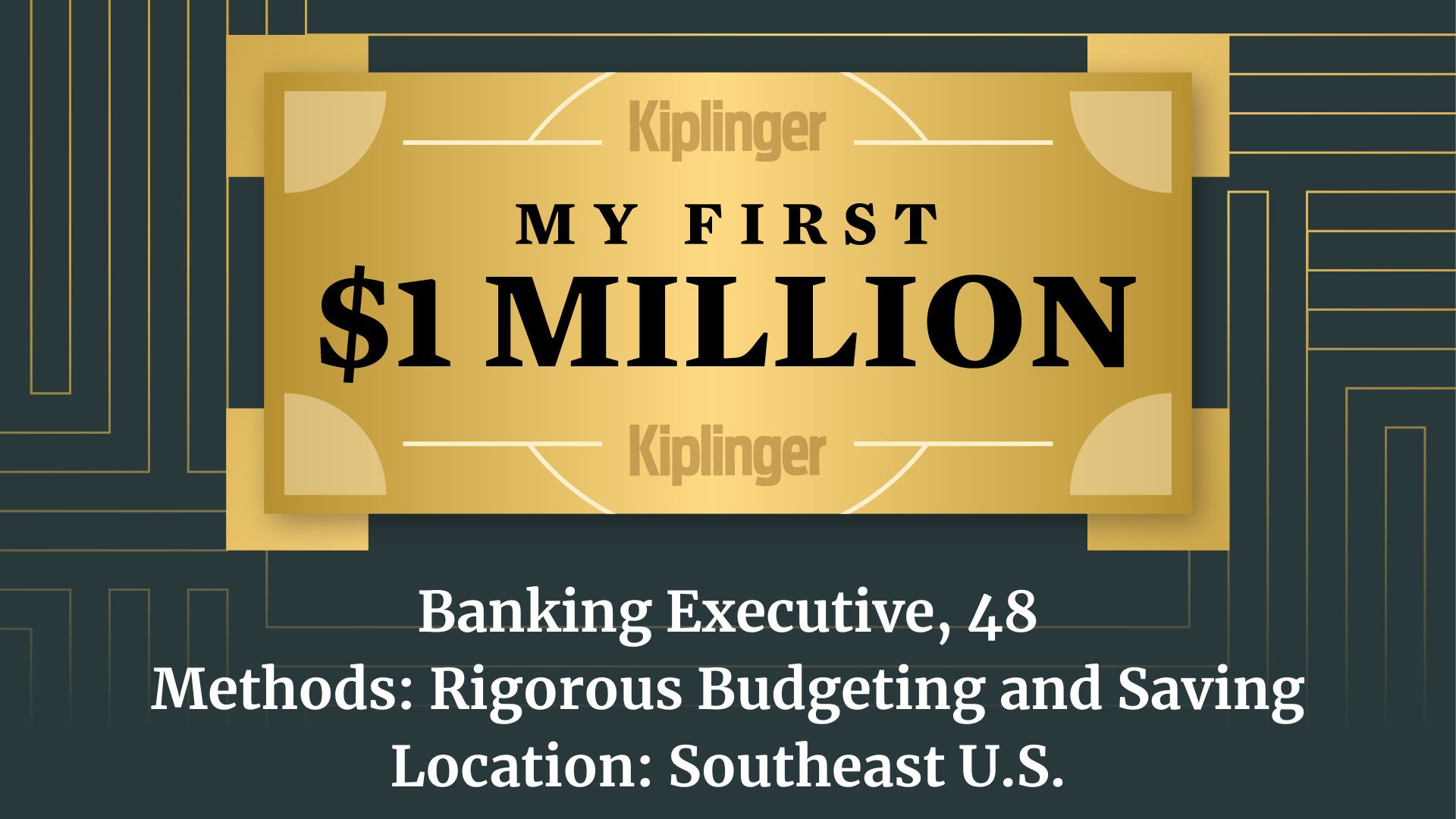The Skinny on Spinoff Funds
If you want to take the fund route to invest in spinoffs, your choices are limited.

Your choices are few if you want to invest in spinoffs through a fund. The purest play is Guggenheim Spin-Off ETF (symbol CSD), an exchange-traded fund that tracks an index of about 40 companies disgorged within the past 30 months. Fund tracker Morningstar calls the ETF a mid-cap fund, but in truth it invests in companies of all sizes, with a tilt toward smaller firms (58% of assets at last report). Among its best-known holdings are Philip Morris International, Time Warner Cable and AOL.
The ETF has performed impressively since the end of the last bear market. It earned 65% in 2009 and nearly 4% in 2011, a rough year for stocks. But its five-year return—an annualized 0.5% through May 4—still suffers the effects of a disastrous 55% loss in 2008. The annual expense ratio is 0.65%—high for an ETF.
Keeley Asset Management runs several mutual funds that specialize in “companies in transition,” including those restructuring through asset sales and spinoffs. Keeley All Cap Value Fund A (KACVX)—which invests, as its name suggests, in companies of all sizes—holds shares of Kraft, Covidien, Williams Cos. (which just spun off WPX Energy) and Pfizer, which is weighing a plan to divest its animal-health unit.
From just $107.88 $24.99 for Kiplinger Personal Finance
Become a smarter, better informed investor. Subscribe from just $107.88 $24.99, plus get up to 4 Special Issues

Sign up for Kiplinger’s Free Newsletters
Profit and prosper with the best of expert advice on investing, taxes, retirement, personal finance and more - straight to your e-mail.
Profit and prosper with the best of expert advice - straight to your e-mail.
As is the case with the Guggenheim ETF, the Keeley fund’s five-year record, an annualized loss of 0.9%, has been dragged down by a big loss (49%) in 2008. That trails Standard & Poor’s 500-stock index by an average of 1.2 percentage points per year.
The Keeley fund’s biggest shortcoming is that it charges a 4.5% front-end commission. If you can buy the fund without paying the load, or if you qualify for the no-load, institutional class (KACIX), it’s a reasonable choice. If you can’t avoid the load, take a pass.
Kathy Kristof is a contributing editor to Kiplinger’s Personal Finance and author of the book Investing 101. Follow her on Twitter. Or email her at practicalinvesting@kiplinger.com.
Profit and prosper with the best of Kiplinger's advice on investing, taxes, retirement, personal finance and much more. Delivered daily. Enter your email in the box and click Sign Me Up.

-
 How to Safely Open an Online Savings Account
How to Safely Open an Online Savings AccountOnline banks offer generous APYs that most brick-and-mortar banks can't match. If you want to make the switch to online but have been hesitant, I'll show you how to do it safely.
-
 7 Ways to Age Gracefully Like the Best Stock Photo Seniors
7 Ways to Age Gracefully Like the Best Stock Photo SeniorsAs a retirement editor, I've gleaned valuable wisdom (and a lot of laughs) from one older couple that tops the seniors' stock photo charts.
-
 My First $1 Million: Banking Executive, 48, Southeast U.S.
My First $1 Million: Banking Executive, 48, Southeast U.S.Ever wonder how someone who's made a million dollars or more did it? Kiplinger's My First $1 Million series uncovers the answers.
-
 The 5 Best Actively Managed Fidelity Funds to Buy and Hold
The 5 Best Actively Managed Fidelity Funds to Buy and Holdmutual funds Sometimes it's best to leave the driving to the pros – and these actively managed Fidelity funds do just that, at low costs to boot.
-
 The 12 Best Bear Market ETFs to Buy Now
The 12 Best Bear Market ETFs to Buy NowETFs Investors who are fearful about the more uncertainty in the new year can find plenty of protection among these bear market ETFs.
-
 Don't Give Up on the Eurozone
Don't Give Up on the Eurozonemutual funds As Europe’s economy (and stock markets) wobble, Janus Henderson European Focus Fund (HFETX) keeps its footing with a focus on large Europe-based multinationals.
-
 Vanguard Global ESG Select Stock Profits from ESG Leaders
Vanguard Global ESG Select Stock Profits from ESG Leadersmutual funds Vanguard Global ESG Select Stock (VEIGX) favors firms with high standards for their businesses.
-
 Kip ETF 20: What's In, What's Out and Why
Kip ETF 20: What's In, What's Out and WhyKip ETF 20 The broad market has taken a major hit so far in 2022, sparking some tactical changes to Kiplinger's lineup of the best low-cost ETFs.
-
 ETFs Are Now Mainstream. Here's Why They're So Appealing.
ETFs Are Now Mainstream. Here's Why They're So Appealing.Investing for Income ETFs offer investors broad diversification to their portfolios and at low costs to boot.
-
 Do You Have Gun Stocks in Your Funds?
Do You Have Gun Stocks in Your Funds?ESG Investors looking to make changes amid gun violence can easily divest from gun stocks ... though it's trickier if they own them through funds.
-
 How to Choose a Mutual Fund
How to Choose a Mutual Fundmutual funds Investors wanting to build a portfolio will have no shortage of mutual funds at their disposal. And that's one of the biggest problems in choosing just one or two.